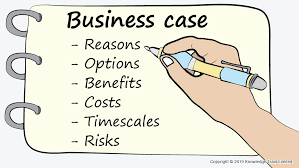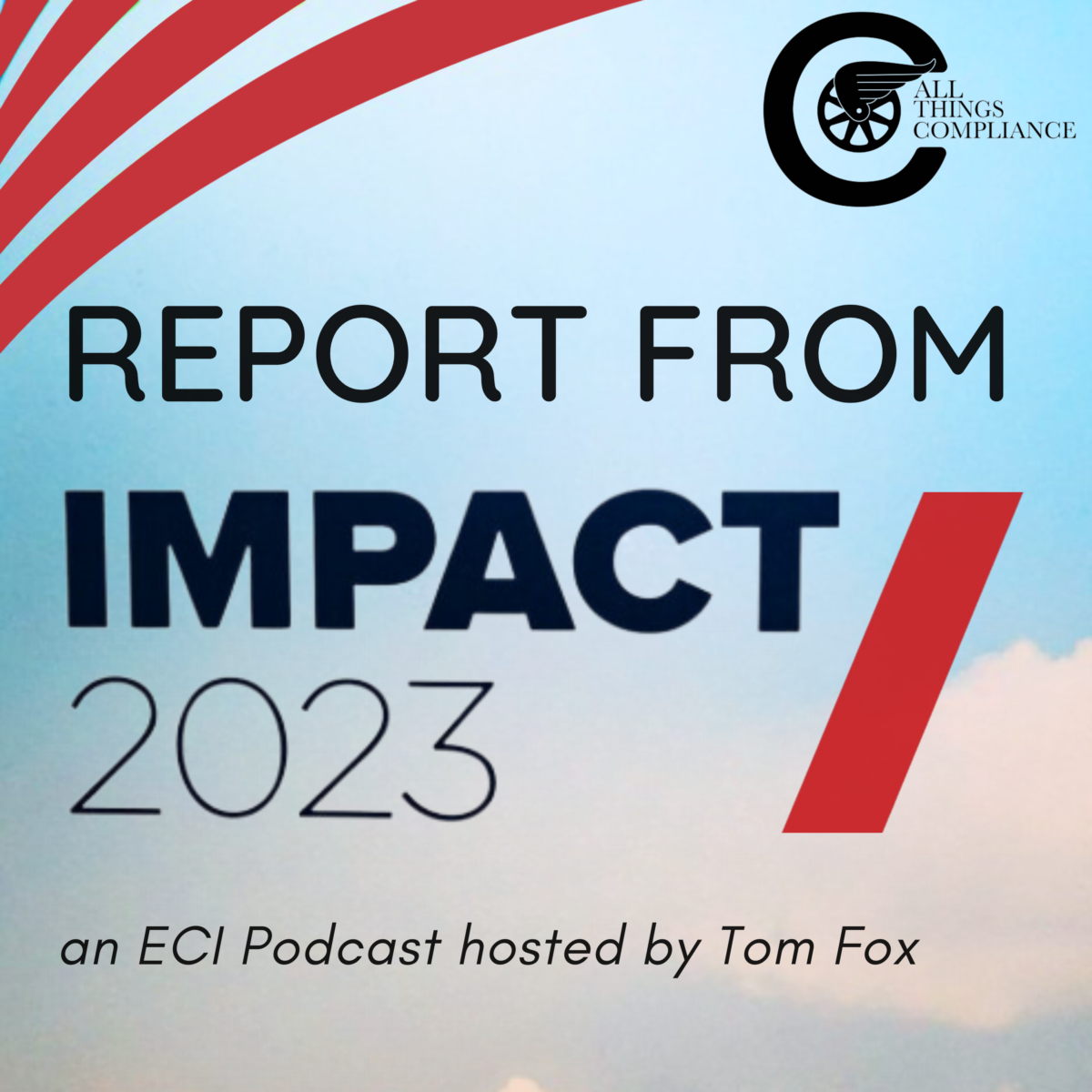I recently had the opportunity to visit with Vince Walden, founder and CEO of KonaAI for a podcast series on the uses of data driven compliance. KonaAI is the sponsor of those podcasts. This blog post series will flesh out the podcast show notes. Over the next five blog posts, we will discuss generative AI and ChatGPT in compliance, the profiles of a corrupt payment, making the business case for data-driven compliance, what to ask for and how to ask for it and some success stories. In this Part 5, we will look at some compliance successes using a data-driven approach.
As always, I am joined by Vince Walden, founder and CEO of KonaAI. There is a quiet revolution happening in the realm of compliance. It’s one that, if harnessed correctly, can turn a typically reactive process into a proactive strategy. I am of course talking about data-driven compliance. By making use of the vast amounts of data your organization collects, you can uncover potential compliance risks before they turn into actual problems. This approach can be a game-changer, not just for your role as a compliance officer, but also for your organization’s overall risk management strategy. No longer will you be caught off guard. Instead, you’ll be leading the charge, armed with real-time insights and actionable data.
Sometimes, we face unintended consequences in a business setting – consequences that occur unexpectedly because of actions taken. They could be beneficial, like improvements to the business or reduced costs. Or, they could point to underlying issues that need addressing. However, these consequences can become visible only when multiple risk triggers are considered. Here’s the interesting bit. Vince underscored the importance of considering multiple risk triggers when analyzing data. Relying on just one test or indicator won’t cut it. It isn’t just one anomaly that signals an issue. The convergence of multiple risk signals helps in identifying the potential problem areas.
Compliance is not simply about rules and regulations. It is about understanding and managing risks, ultimately leading to better business decision-making. When well-executed, it can yield great rewards or “compliance wins”. One example is identifying high-risk areas in your business and managing them proactively. A high-risk business unit in high-risk FCPA environments. By analyzing their fraud risks, the company found that salespeople wound up spending quite a bit on gifts, travel, and entertainment for foreign officials to secure a sale. The solution? Limit setting. Not only did it save them money, but decreased the sales cycle, and the cherry on top – a clientele of higher quality.
Using data analysis techniques to improve business efficiency is of utmost importance in today’s business environment. By leveraging data analysis, you have the power to identify bottlenecks, streamline processes, and optimize your operations. This not only saves time and resources but also enhances overall compliance and risk management efforts. With every step you take towards harnessing the power of data, you are paving the way for increased business efficiency and success in your industry.
Compliance is the critical aspect that ensures organizations adhere to legal and ethical standards. Compliance not only helps companies avoid legal troubles but also plays a significant role in improving business efficiency and profitability. Data driven of advanced compliance tools for fraud detection and cost savings was discussed. This article aims to provide a comprehensive analysis of the key factors that impact advanced compliance tools for fraud detection and cost savings, exploring the tradeoffs involved, the challenges faced, and the importance of considering the impact on decision-making.
One of the advanced compliance tools discussed in the episode is Unit Price Analysis. This tool utilizes advanced technology to identify discrepancies in vendor invoices, potentially saving companies significant amounts of money. By comparing prices charged for the same product by the same vendor in different locations, contract compliance can be achieved. As Walden explained, even a small difference in unit prices can translate into substantial recoveries when multiplied by tens of thousands or hundreds of thousands of units. This tool highlights the importance of scrutinizing vendor invoices and ensuring fair pricing across different locations.
To effectively detect fraud and ensure compliance, it is crucial to integrate multiple data sources into compliance monitoring programs. As Vince Walden mentions, transparency is key, and integrating various data sources brings that transparency into play. By pulling in third-party payments, due diligence work, sanctions lists, whistleblower hotline data, and other indicators, companies can gain actionable insights and identify improper payments and risk scoring. The ability to put in multiple risk triggers and analyze data from various sources allows for a more comprehensive and accurate assessment of potential risks.
However, implementing advanced compliance tools for fraud detection and cost savings is not without its challenges. It is essential to know when to stop reviewing transactions or high-risk activities. Risk scoring frameworks help prioritize the most critical transactions, but continuous improvement is necessary to update the models and identify any missed risk triggers. Additionally, the complexity of integrating multiple data sources and implementing advanced compliance tools requires careful planning and consideration.
The impact of advanced compliance tools for fraud detection and cost savings goes beyond financial benefits. These tools can change the character of the people who interact with the company. By shifting the responsibility of travel expenses to foreign officials, the company not only achieved significant cost savings but also attracted decision-makers who came to sign contracts. This unexpected outcome demonstrates the power of compliance and fraud risk prevention in improving business efficiency and quality of customers.
In conclusion, advanced compliance tools for fraud detection and cost savings play a crucial role in ensuring legal and ethical standards are met while improving business efficiency and profitability. Unit Price Analysis and Fraud Risk Analysis are just two examples of such tools discussed in the podcast episode. By integrating multiple data sources, implementing risk scoring frameworks, and continuously improving compliance models, companies can achieve transparency, identify risks, and make informed decisions. However, it is important to consider the challenges and tradeoffs involved in implementing these tools. Ultimately, the impact of advanced compliance tools extends beyond financial benefits, positively influencing the overall business environment.
Resources:
Connect with Vince Walden on LinkedIn
Check out Kona AI
Connect with Tom Fox on LinkedIn














